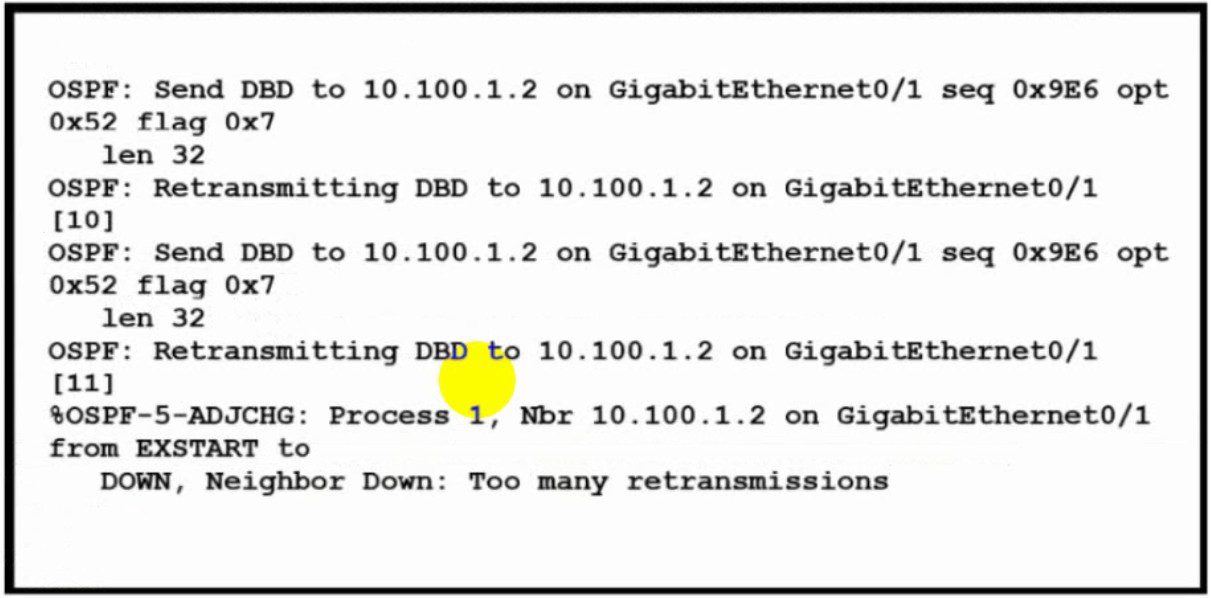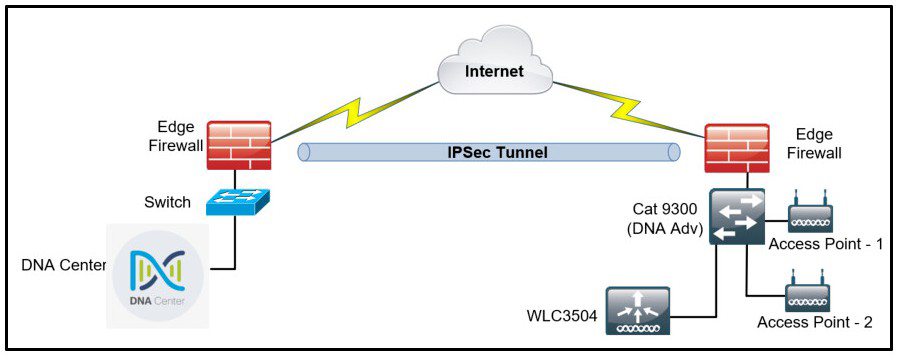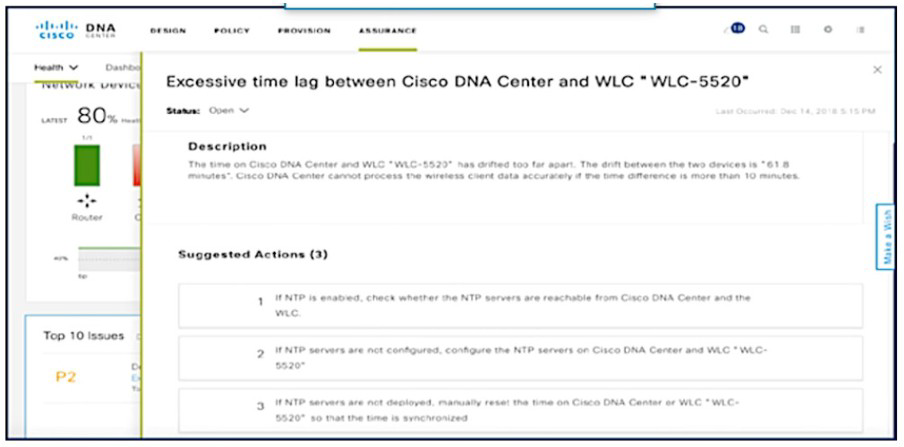Topic 2, Exam Pool B
An engineer configured policy-based routing for a destination IP address that does not exist in the routing table. How is the packet treated through the policy for configuring the set ip default next-hop command?
A.
Packets are not forwarded to the specific next hop
B.
Packets are forwarded based on the routing table
C.
Packets are forwarded based on a static route
D.
Packets are forwarded to the specific next hop
Packets are forwarded to the specific next hop
Refer to the exhibits.

A user on the 192.168.1.0/24 network can successfully ping 192.168.3.1, but the administrator cannot ping 192.168.3.1 from the LA router. Which set of configurations fixes the issue?

A.
Option A
B.
Option B
C.
Option C
D.
Option D
Option B
Refer to Exhibit:

AS 111 wanted to use AS 200 as the preferred path for 172.20.5.0/24 and AS 100 as the backup. After the configuration, AS 100 is not used for any other routes. Which configuration resolves the issue?
A.
route-mmap SETLP permit 10
match ip address prefix-list PLIST1
set local-preference 99
route-map SETLP permit 20
B.
route-map SETLP permit 10
match ip address prefix-list PLIST1
set local-preference 110
route-map SETLP permit 20
C.
router bgp 111
no neighbor 192.168.10.1 route-map SETLP in
neighbor 192.168.10.1 route-map SETLP out
D.
router bap 111
no neighbor 192.168.10.1 route-map SETLP in
neighbor 192.168.20.2 route-map SE TLP in
route-mmap SETLP permit 10
match ip address prefix-list PLIST1
set local-preference 99
route-map SETLP permit 20
Explanation:
There is an implicit deny all at the end of any route-map so all other traffic that does not match 172.20.5.0/24 would be dropped. Therefore we have to add a permitsequence at the end of the route-map to allow other traffic. The default value of Local Preference is 100 and higher value is preferred so we have to set the local preference of AS100 lower than that of AS200.

Refer to the exhibit. The OSPF neighbor relationship is not coming up What must be configured to restore OSPF neighbor adjacency?
A.
OSPF on the remote router
B.
matching hello timers
C.
use router ID
D.
matching MTU values
matching MTU values
Refer to the exhibit.

A user has set up an IP SLA probe to test if a non-SLA host web server on IP address 10.1.1.1 accepts HTTP sessions prior to deployment. The probe is failing. Which action should the network administrator recommend for the probe to succeed?
A.
Re-issue the ip sla schedule command.
B.
Add icmp-echo command for the host.
C.
Add the control disable option to the tcp connect.
D.
Modify the ip sla schedule frequency to forever.
Add the control disable option to the tcp connect.
What are two functions of IPv6 Source Guard? (Choose two.)
A.
It uses the populated binding table for allowing legitimate traffic.
B.
It works independent from IPv6 neighbor discovery.
C.
It denies traffic from unknown sources or unallocated addresses.
D.
It denies traffic by inspecting neighbor discovery packets for specific pattern.
E.
It blocks certain traffic by inspecting DHCP packets for specific sources.
It uses the populated binding table for allowing legitimate traffic.
It denies traffic from unknown sources or unallocated addresses.
What are two MPLS label characteristics? (Choose two.)
A.
The label edge router swaps labels on the received packets.
B.
Labels are imposed in packets after the Layer 3 header.
C.
LDP uses TCP for reliable delivery of information.
D.
An MPLS label is a short identifier that identifies a forwarding equivalence class.
E.
A maximum of two labels can be imposed on an MPLS packet.
LDP uses TCP for reliable delivery of information.
An MPLS label is a short identifier that identifies a forwarding equivalence class.
What are two characteristics of VRF instance? (Choose two.)
A.
All VRFs share customers routing and CEF tables .
B.
An interface must be associated to one VRF.
C.
Each VRF has a different set of routing and CEF tables
D.
It is defined by the VPN membership of a customer site attached to a P device.
E.
A customer site can be associated to different VRFs
An interface must be associated to one VRF.
Each VRF has a different set of routing and CEF tables
Refer to the exhibit.

A network administrator is discovering a Cisco Catalyst 9300 and a Cisco WLC 3504 in Cisco DNA Center. The Catalyst 9300 is added successfully However the WLC is showing [ error "uncontactable" when the administrator tries to add it in Cisco DNA Center. Which action discovers WLC in Cisco DNA Center successfully?
A.
Copy the .cert file from the Cisco DNA Center on the USB and upload it to the WLC 3504.
B.
Delete the WLC 3504 from Cisco DNA Center and add it to Cisco DNA Center again.
C.
Add the WLC 3504 under the hierarchy of the Catalyst 9300 connected devices
D.
Copy the .pern file from the Cisco DNA Center on the USB and upload it to the WLC 3504.
Copy the .pern file from the Cisco DNA Center on the USB and upload it to the WLC 3504.
Exhibit:

NTP is configured across the network infrastructure and Cisco DNA Center. An NTP issue was reported on the Cisco DNA Center at 17:15. Which action resolves the issue?
A.
Check and resolve reachability between the WLC and the NTP server
B.
Reset the NTP server to resolve any synchronization issues for all devices
C.
Check and resolve reachability between Cisco DNA Center and the NTP server
D.
Check and configure NTP on the WLC and synchronize with Cisco DNA Center
Check and configure NTP on the WLC and synchronize with Cisco DNA Center
| Page 13 out of 57 Pages |
| Previous |